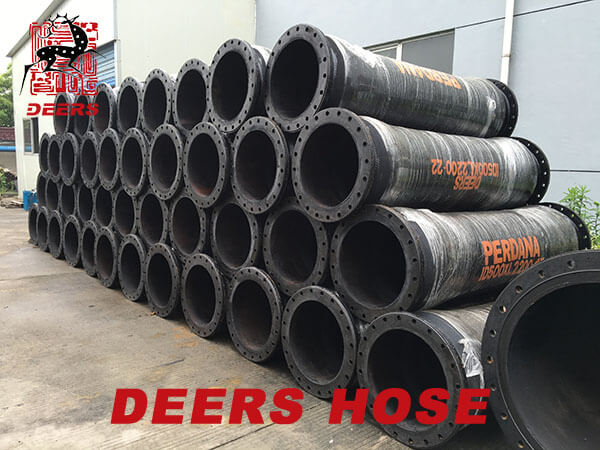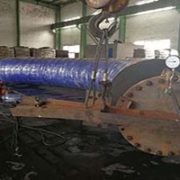Dredging discharge hoses play important role in dredging pipelines
Depending on the environmental circumstances, a combination of different types of pipes is required for the discharge process. Steel pipes make the dredging pipelines less flexible because they are rigid and reduce their effectiveness in rough seas, so these hoses must be interspersed with flexible rubber elements. Dredge ball joints also provide a flexible load-bearing connection between the sections of an unloading line and their field of application is in use on floating pipelines. For several decades the dredging industry has had a low number of manufacturers and only a few suppliers. This led to the development of high-quality products that worked effectively and guaranteed longevity.
As a key component in the transport process and therefore in the dredging cycle, pipes are exposed to often high levels of wear and tear and all pipes must be turned regularly during use to ensure that wear is uniform.
Approximately 80% of world trade by volume and over 70% of world trade by value is transported by sea and managed from ports around the world. Countries are increasingly faced with the need to expand their land areas, and as many urban areas are located along the coasts and rivers, there is a need to maintain river transport routes. Vast lake areas rich in sediments (often polluted) need to be reclaimed and limitedly converted to the cultivation of plant species for human use.
In order to achieve this, it is essential to dredge the underwater seabed and remove the excavated material and recover it for social purposes. Specifically, the justifications that motivate the projects in the use of dredging are:
- Increase the world trade
- Population growth (urban development)
- Climate change
- Coastal protection
- Energy demand
The function of floating hoses in the construction of artificial islands




Leave a Reply
Want to join the discussion?Feel free to contribute!